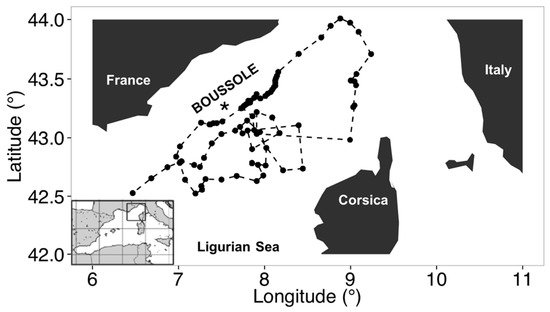Recent research by ESA Living Planet Fellow Marco Bellacicco in the frame of project PHYSIOGLOB gives new insights on how the choice of the regression method influences the derived bio-optical relationships in optical and satellite oceanographic studies. The authors compare the results obtained with diverse regression methods on the same bio-optical data set and quantify the consequences of each choice. Monthly field measurements collected during 3 years in the north-western Mediterranean Sea at the BOUSSOLE site, together with one year of BCG-Argo vertical profiles and Ocean Colour Data from ESA OC-Cci v3.0 were used to assess the impact of the derived linear models with type-I and type-II regression methods. The authors showed that using an unsuitable method for carbon estimations can be potentially impactful in the context of global carbon budget studies from space or by using field measurements.
In particular, their results indicate that the choice of the regression method (i.e. OLS or SMA) should account for the type of relationship between the two variables involved.

Read more at:
Bellacicco M, Vellucci V, Scardi M, Barbieux M, Marullo S, D’Ortenzio F. Quantifying the Impact of Linear Regression Model in Deriving Bio-Optical Relationships: The Implications on Ocean Carbon Estimations. Sensors. 2019; 19(13):3032. https://doi.org/10.3390/s19133032
Featured image : Sentinel-3 acquisition on the BOUSSOLE area. Contains modified Copernicus Sentinel data (2019)

